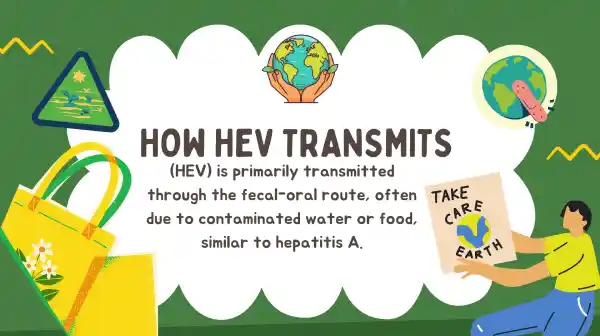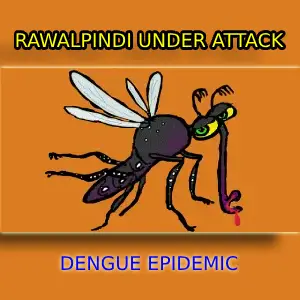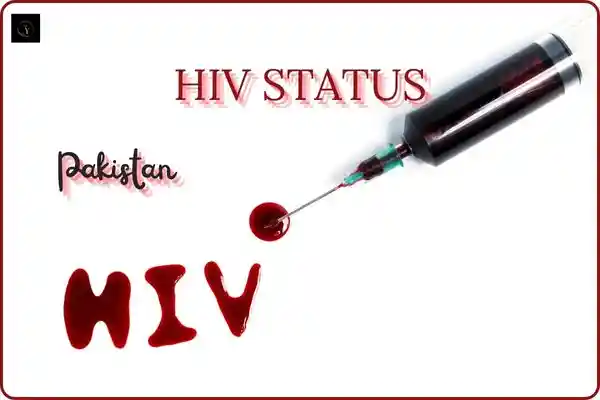Hepatitis E outbreak in chad
Overview
Chad is currently grappling with a severe outbreak of the virus in its eastern Ouaddai province. The outbreak has emerged amidst a backdrop of ongoing conflict in neighboring Sudan, leading to a significant influx of refugees into the region since April 2023.
The situation is dire, with over 2000 suspected cases reported, primarily among vulnerable populations in refugee camps.
Hepatitis E or HEV
The virus (HEV) causes liver inflammation, transmitted fecal-orally, similar to hepatitis A. It’s a positive-sense, single-stranded, RNA virus, one of five human hepatitis viruses (A, B, C, D, E). Typically acute, HEV can be severe, especially in pregnant and immunocompromised individuals, leading to chronic hepatitis.
Outbreak in chad
The outbreak was first identified on March 5, 2024, when the World Health Organization (WHO) was alerted by Chad’s International Health Regulation national focal point. Since then, cases have surged, particularly in the Adré and Hadjer-Hadid health districts. Alarmingly, the majority of cases—95%—are concentrated in refugee camps and transit sites.
Hepatitis E Symptoms
Initial phase: Mild fever, reduced appetite, nausea, vomiting.
- Abdominal discomfort: Pain, itching, skin rash, joint pain.
- Jaundice: Yellowing of skin and eyes, dark urine, pale stools.
- Liver involvement: Slightly enlarged, tender liver (hepatomegaly).
- Duration: Symptoms last 1-6 weeks, overlapping with other liver illnesses.
- Severe cases: Fulminant hepatitis, acute liver failure, particularly risky for pregnant women.
- Chronic infection: Rare but reported in immunosuppressed individuals, requiring specialized management.
According to WHO
According to WHO assessments, the outbreak’s risk level is high at the national level due to continuous population movements, poor hygiene conditions, and limited access to essential medical services. While the risk is moderate regionally, there are concerns about the potential spread to neighboring countries, given ongoing population movements.
How to control the outbreak

Preventive Measures: Emphasize the importance of maintaining good hygiene practices, including handwashing with clean water and soap, especially before handling food.
- Sanitation Improvements: Increase access to safe drinking water and improve sanitation facilities to reduce the risk of contamination.
- Healthcare Provision: Strengthen healthcare services, particularly for pregnant women who are at higher risk of complications.
- Vaccination Consideration: Evaluate the feasibility of vaccination campaigns to mitigate the spread of HEV, particularly in high-risk populations.
- Public Awareness: Conduct extensive public awareness campaigns to educate communities about the risks of hepatitis E and preventive measures.
Bottom Line
In conclusion, urgent and concerted action is needed to contain the hepatitis E outbreak in Chad. WHO, along with other partners and stakeholders, must work together to implement effective control measures and prevent further transmission of this deadly virus. Time is of the essence in saving lives and safeguarding the health of vulnerable populations in the affected region.







